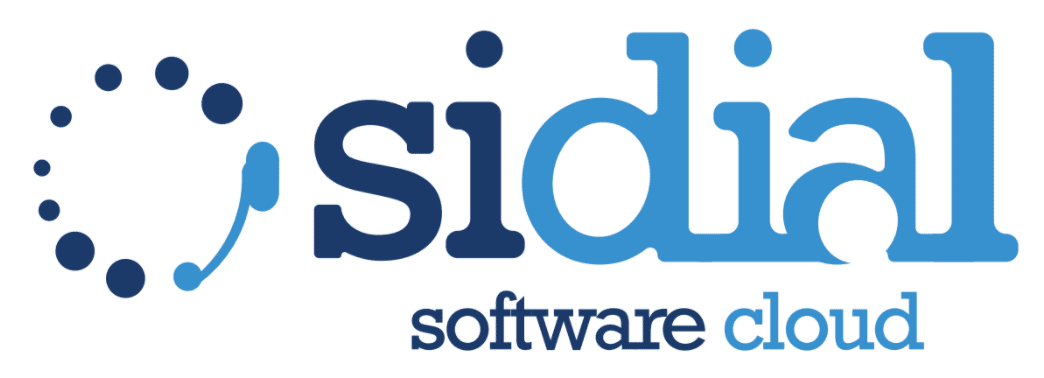If you run a call center, you know that long wait times are one of the main sources of frustration for customers. And you also know that reducing them isn’t just a way to improve the user experience—it’s a crucial lever for boosting customer satisfaction, loyalty, and even revenue. Today, thanks to advanced call center software and a well-structured operational strategy, this problem can be tackled effectively—even for businesses with limited budgets.
In this article, we’ll explore why call center wait times occur, what technological solutions are available, and the best operational practices to cut downtime and improve the quality of service delivered.
Why Are Wait Times a Critical Issue in Call Centers?
There are many reasons. First and foremost, a customer on hold is a potentially lost customer. According to some studies, over 60% of users abandon the call if the wait time exceeds two minutes. And that’s not all: if the caller was already dissatisfied, a long wait only worsens their perception of the brand, making it harder to win them back later.
That’s why every second a customer waits should be seen as a potential threat to customer relationships and brand reputation. But what exactly causes these wait times?
Main Causes of Long Wait Times in Call Centers
A technical analysis reveals that wait times result from a combination of interconnected factors:
- Poor shift planning: Without enough agents during peak times, queues grow.
- Inefficient call routing: A poorly designed IVR system can slow down the entire process.
- Inadequate training: Undertrained agents take longer to handle calls, increasing average handling time (AHT).
- Lack of efficient call center software: Without a centralized and automated platform, real-time monitoring and performance improvement become difficult.
The good news? Each of these problems has practical solutions.
Call Center Software: Strategic Allies Against Long Wait Times
The first step to reducing wait times is adopting a cloud-based call center software. These tools are no longer exclusive to large enterprises—they’re now accessible to SMEs, offering scalable pricing and powerful features.
A good call management platform provides:
- Automatic Call Distribution (ACD): Routes each call to the most suitable and available agent, cutting down on transfers.
- Real-time monitoring: Enables supervisors to step in quickly when queues get too long.
- Smart callback: Offers users the option to be called back without losing their place in line.
- Dynamic IVR: Quickly guides users to the exact support they need.
- CRM integration: Gives agents immediate access to the customer profile for faster, more personalized service.
Such software enables smoother interactions, significantly reducing both average wait time and average handling time.
Operational Strategies to Cut Wait Times in Call Centers
Beyond technology, there are several effective operational practices.
Analyze Historical Data
Study call flow patterns to identify peak hours. Many call center platforms include advanced analytics dashboards—use them to optimize shift scheduling.
Implement Self-Service Options Where Possible
Some requests can be resolved directly by the customer via a self-service portal, chatbot, or advanced IVR system. This reduces call volume and frees up human agents for more complex issues.
Reduce Average Handling Time (AHT)
Train agents to provide concise, effective responses and streamline internal processes. Instant access to data and a centralized knowledge base also help speed up call resolution.
Use Predictive Routing
Some call center software solutions enable predictive algorithms that match each call with the most suitable agent based on history, issue type, and available skill sets. The result? Fewer transfers and faster resolutions.
Offer the Right Channel at the Right Time
Not every request requires a phone call. Integrate chat, email, ticketing, and social media to redirect less urgent matters to other touchpoints, keeping the phone lines open for high-priority contacts.
Key Call Center KPIs to Track for Improved Wait Times
Call center software allows you to continuously monitor these key performance indicators (KPIs):
- Average Wait Time
- Average Handling Time (AHT)
- First Call Resolution (FCR)
- Abandonment Rate
- Customer Satisfaction Score (CSAT)
Tracking these metrics helps you identify bottlenecks and take precise action to optimize staffing, workflows, and technology.
Efficient Call Centers: A Competitive Advantage
In a world where customer experience often outweighs pricing, having a responsive call center is a critical competitive advantage. Customers expect fast, accurate, and personalized support—and if they don’t get it from you, they’ll look elsewhere.
An intelligent call management system is no longer optional—it’s a necessary investment. Whether you’re running a small inbound center or a large outbound team, scalable solutions are now available that adapt to your needs and offer concrete tools to reduce wait times.
Discover How SiDial Can Help You Reduce Wait Times
Ready to say goodbye to long queues and deliver a truly efficient customer experience? With SiDial, the call center software designed to optimize workflows, automate operations, and boost your team’s performance, you can start today. From smart queue management to advanced call distribution, SiDial provides real solutions to reduce wait times and increase customer satisfaction.
Request your free SiDial demo now and discover how to turn your call center into a strategic asset.

